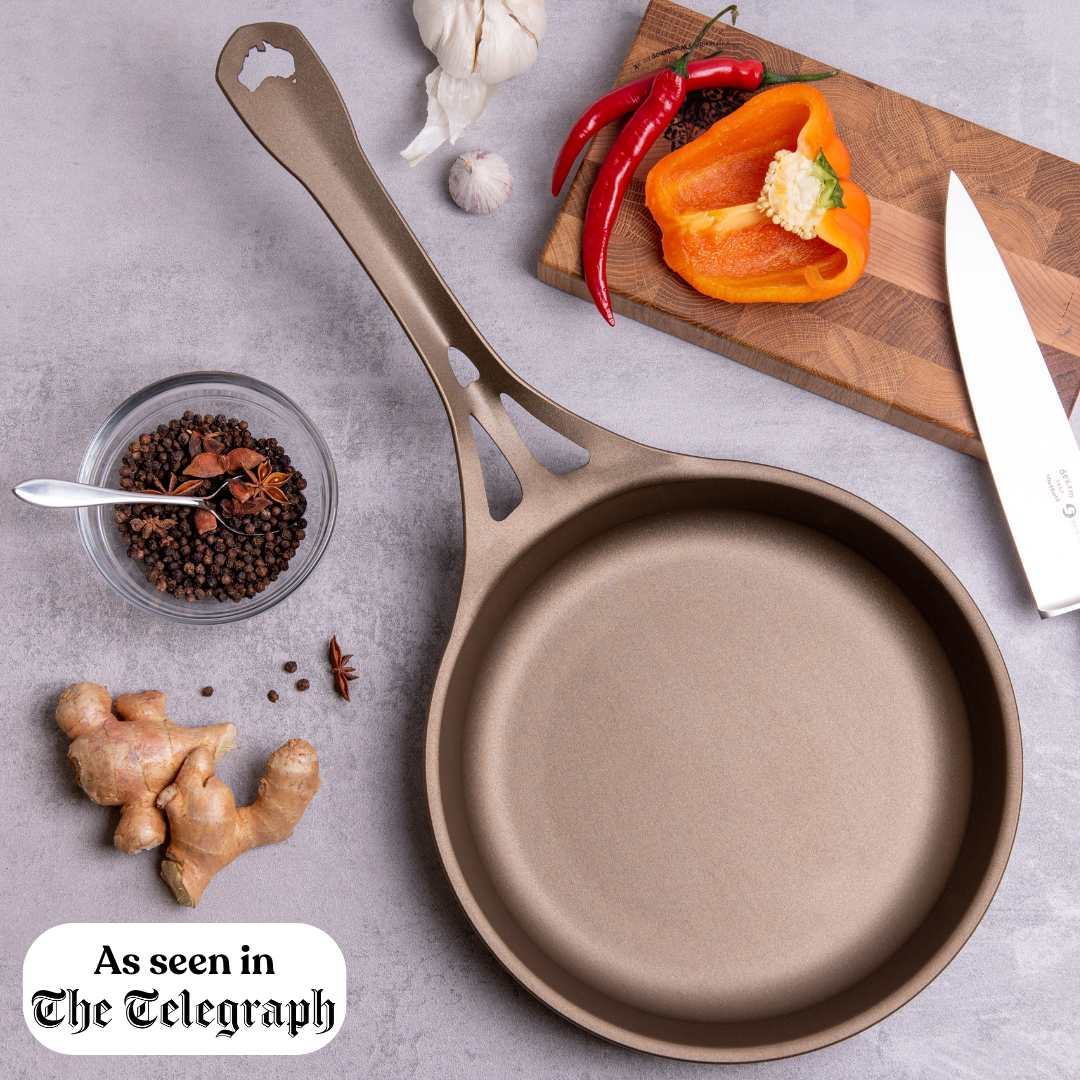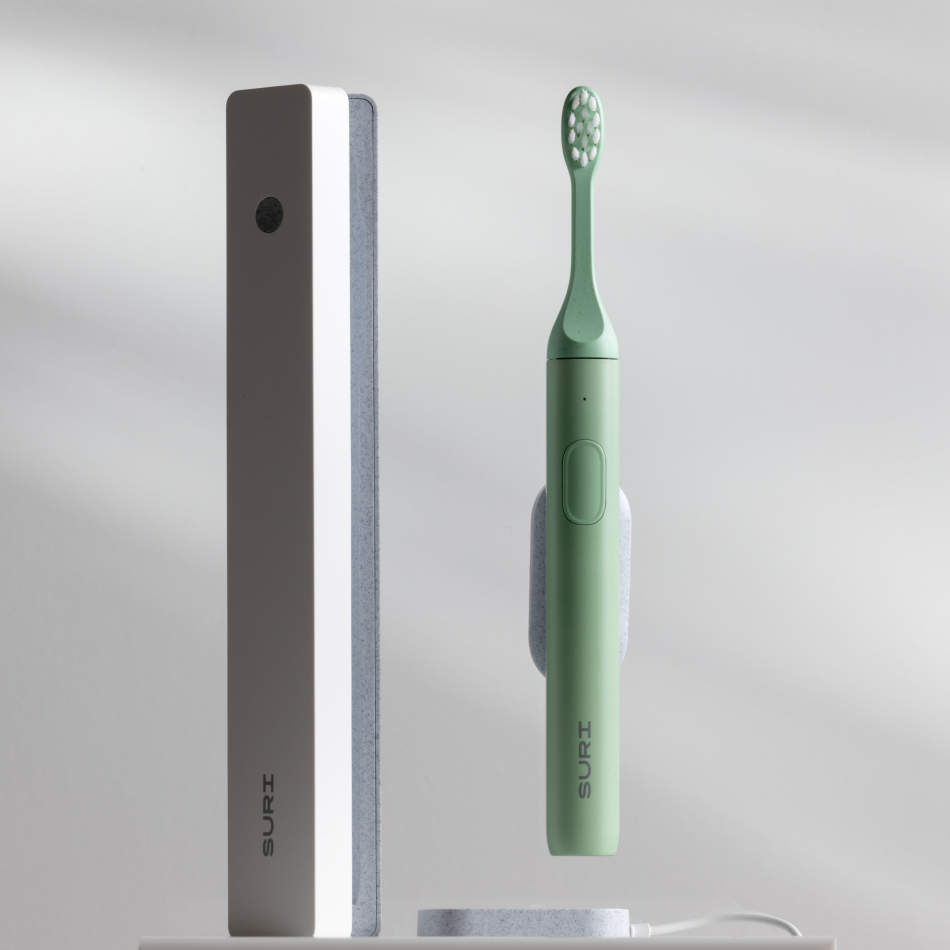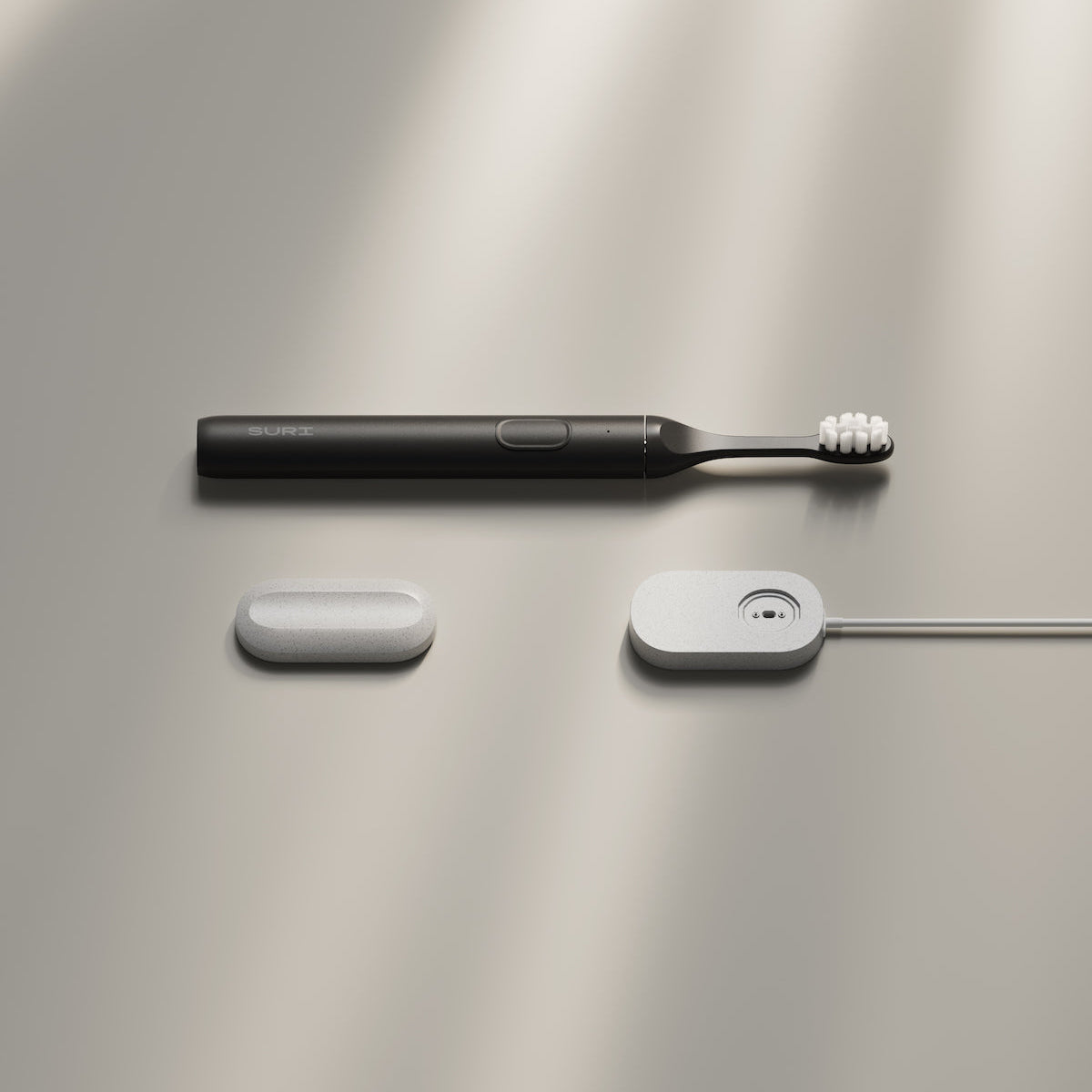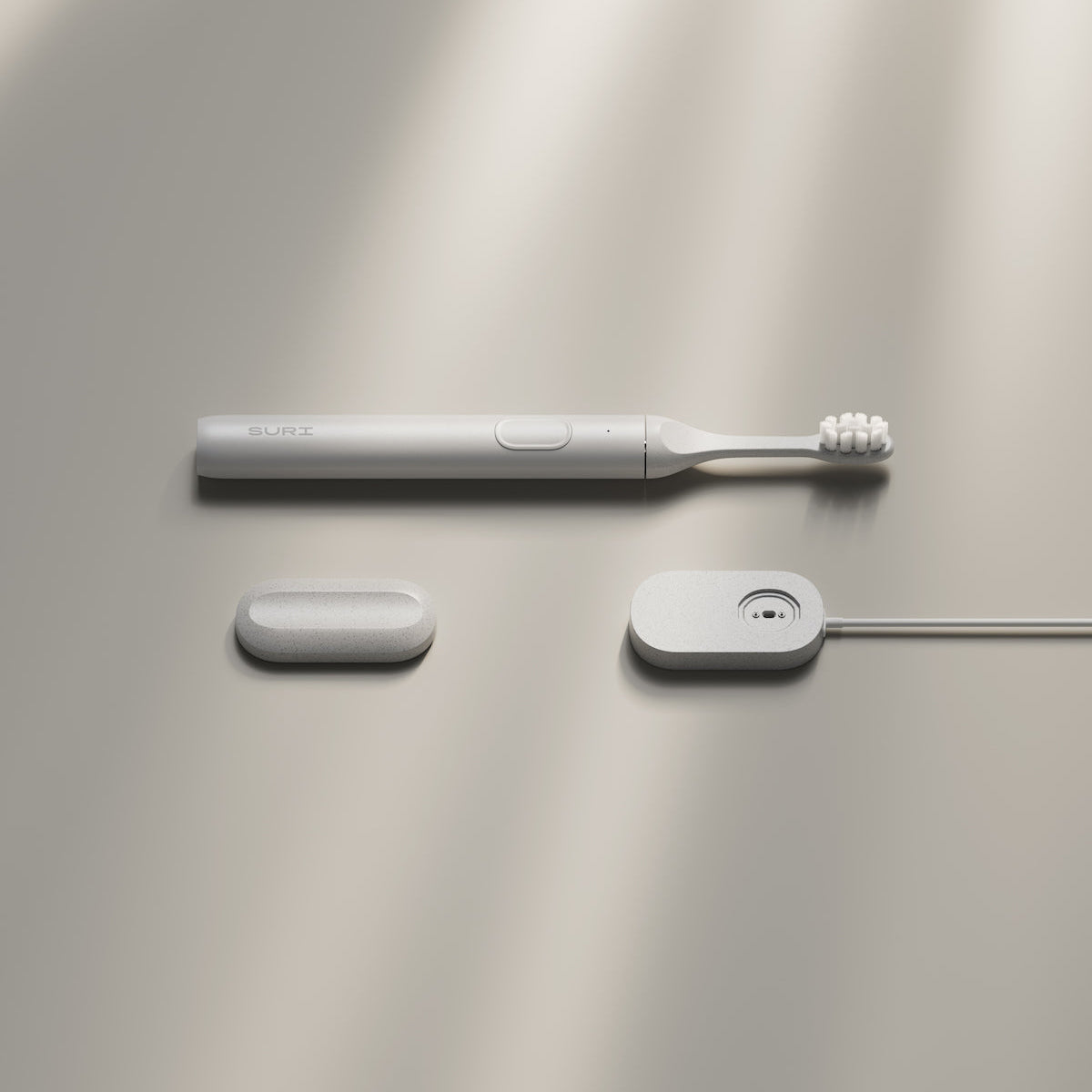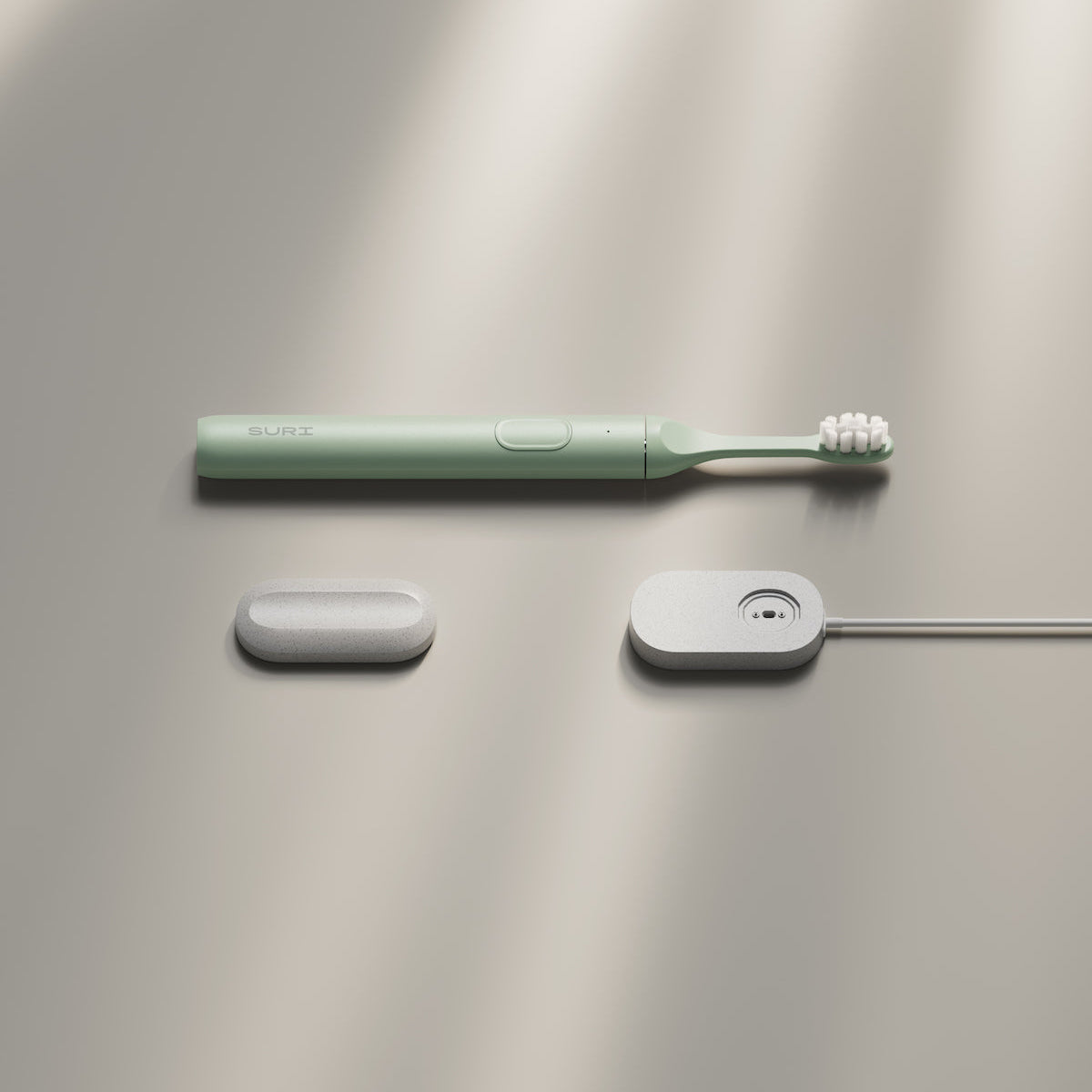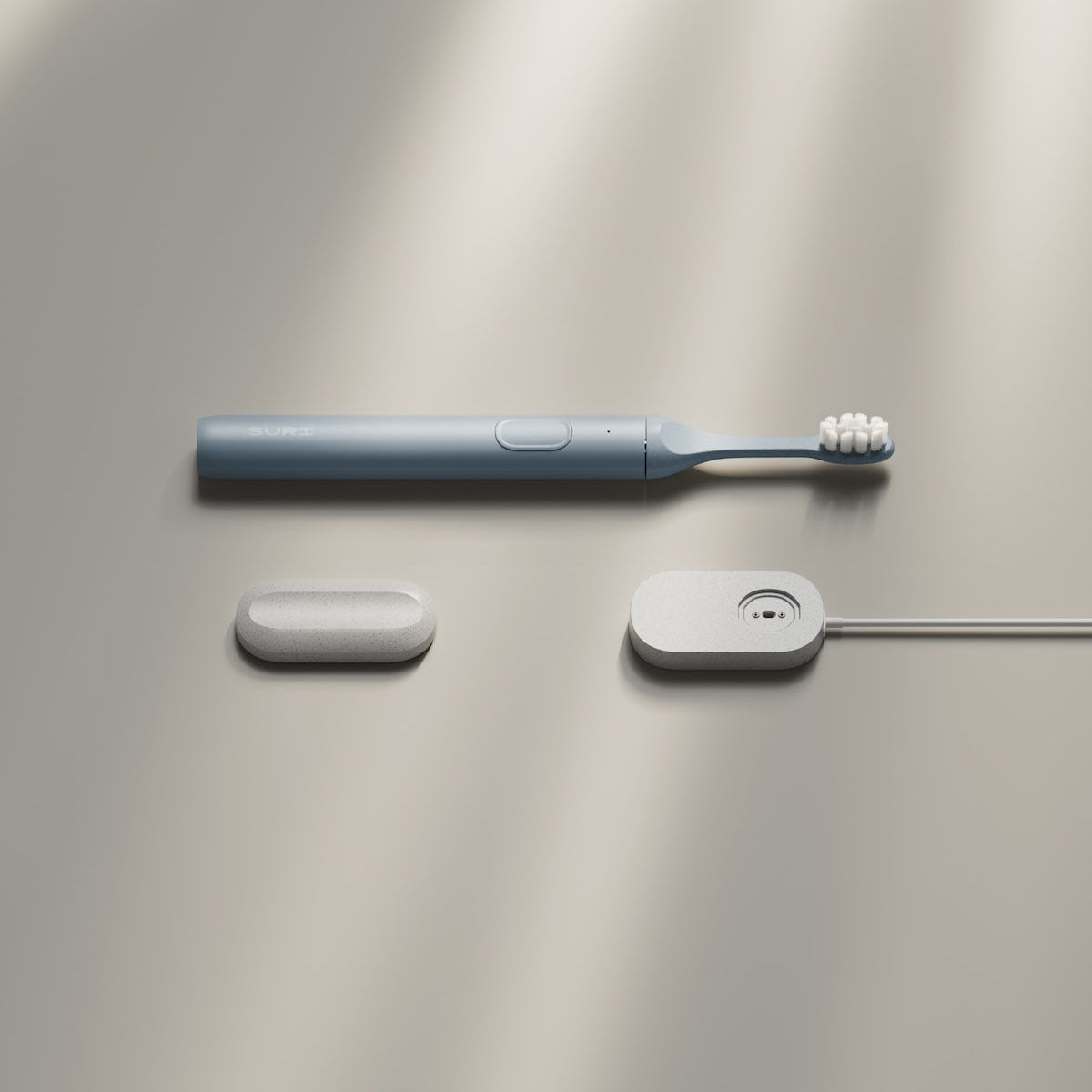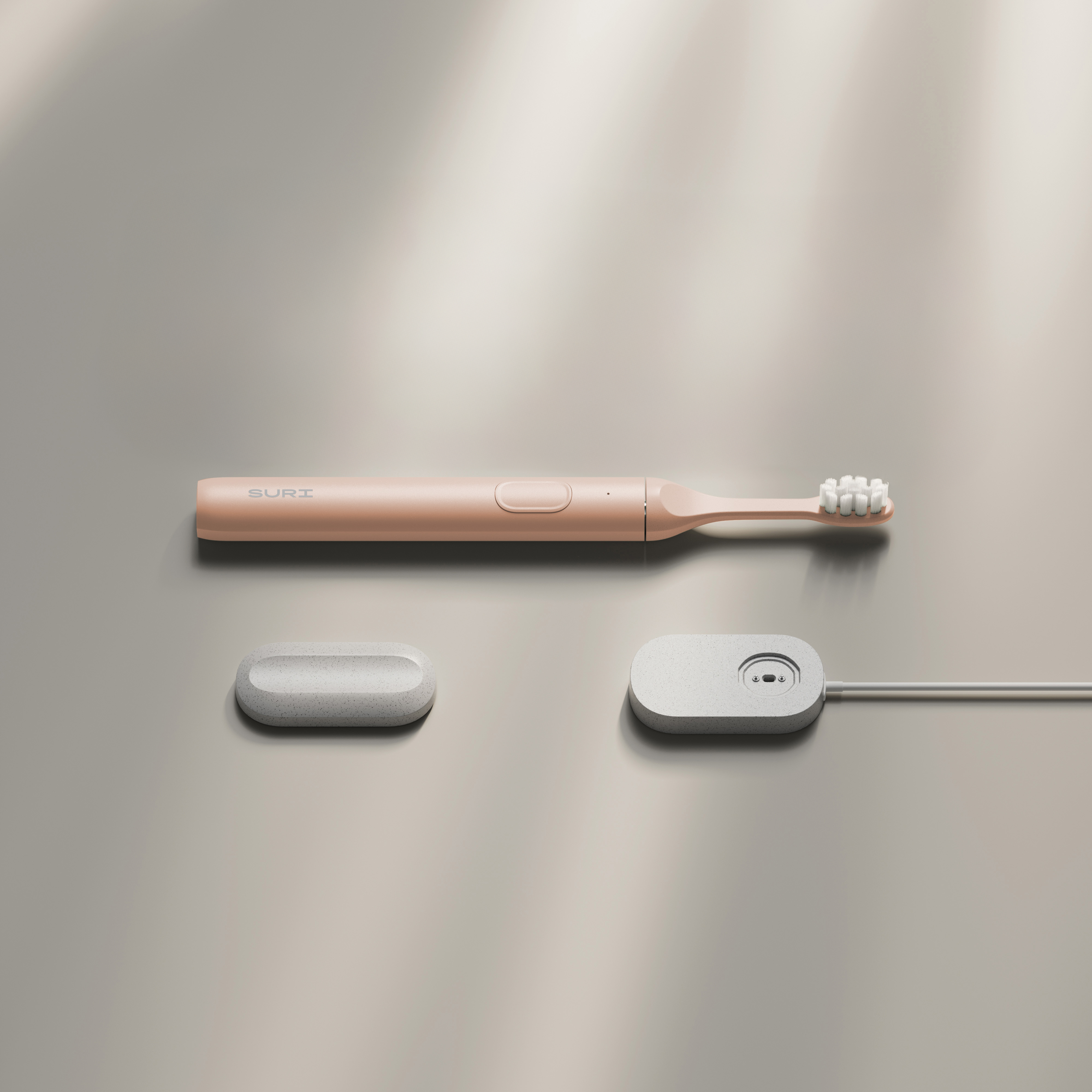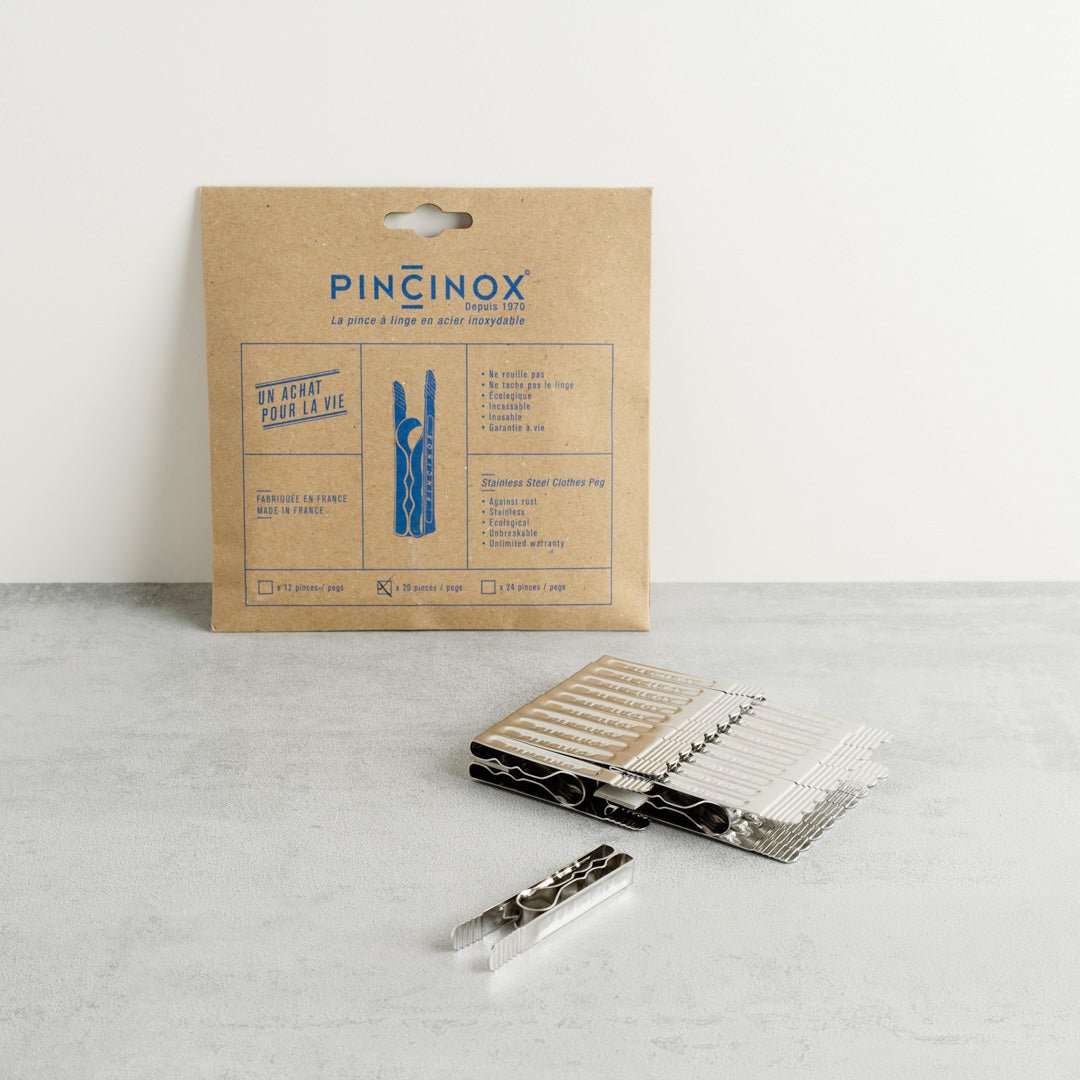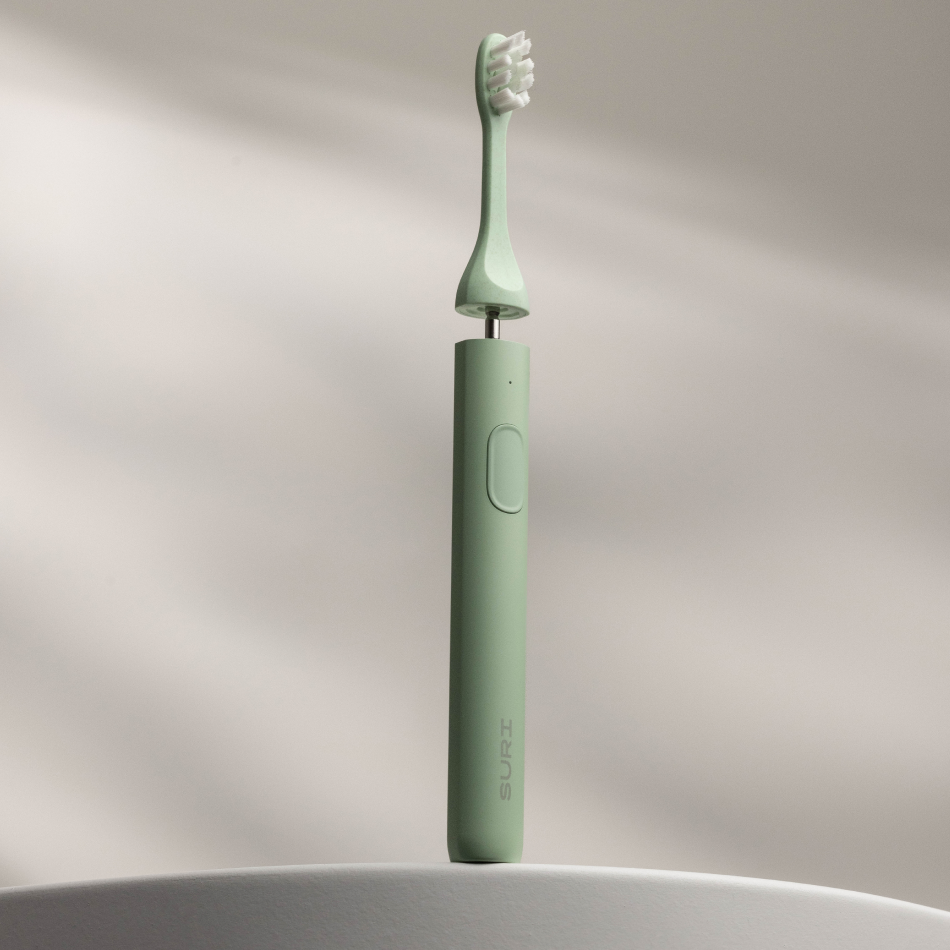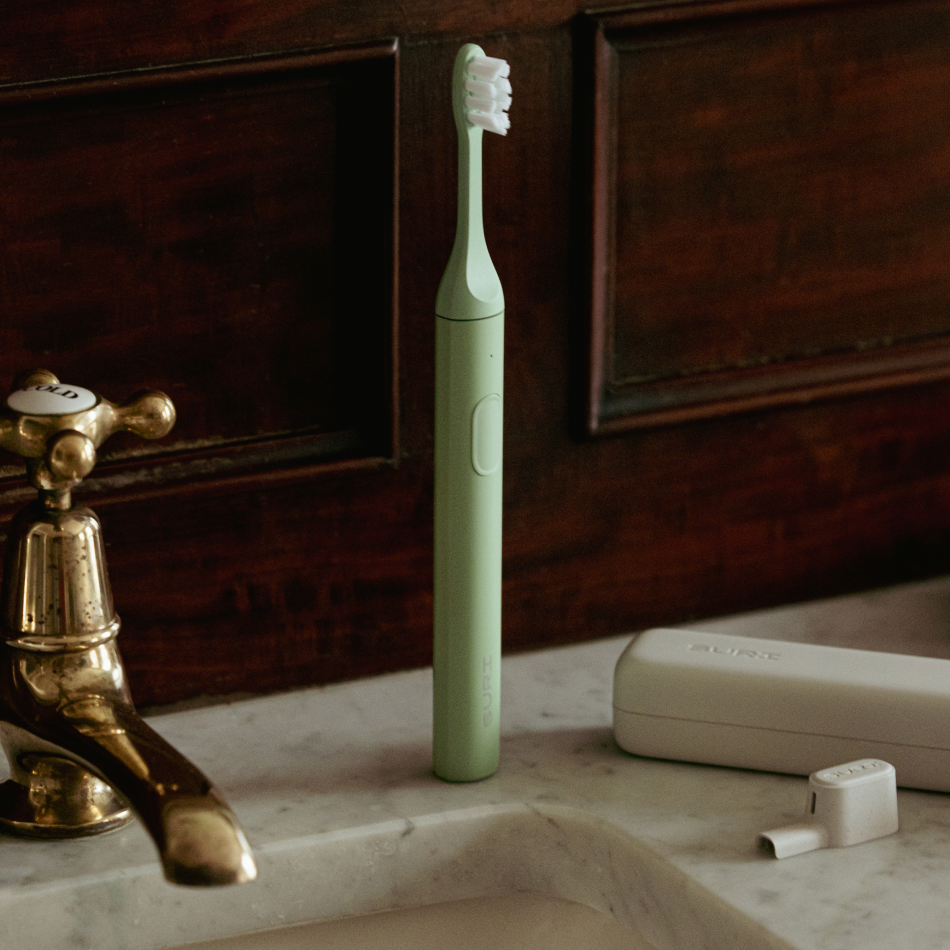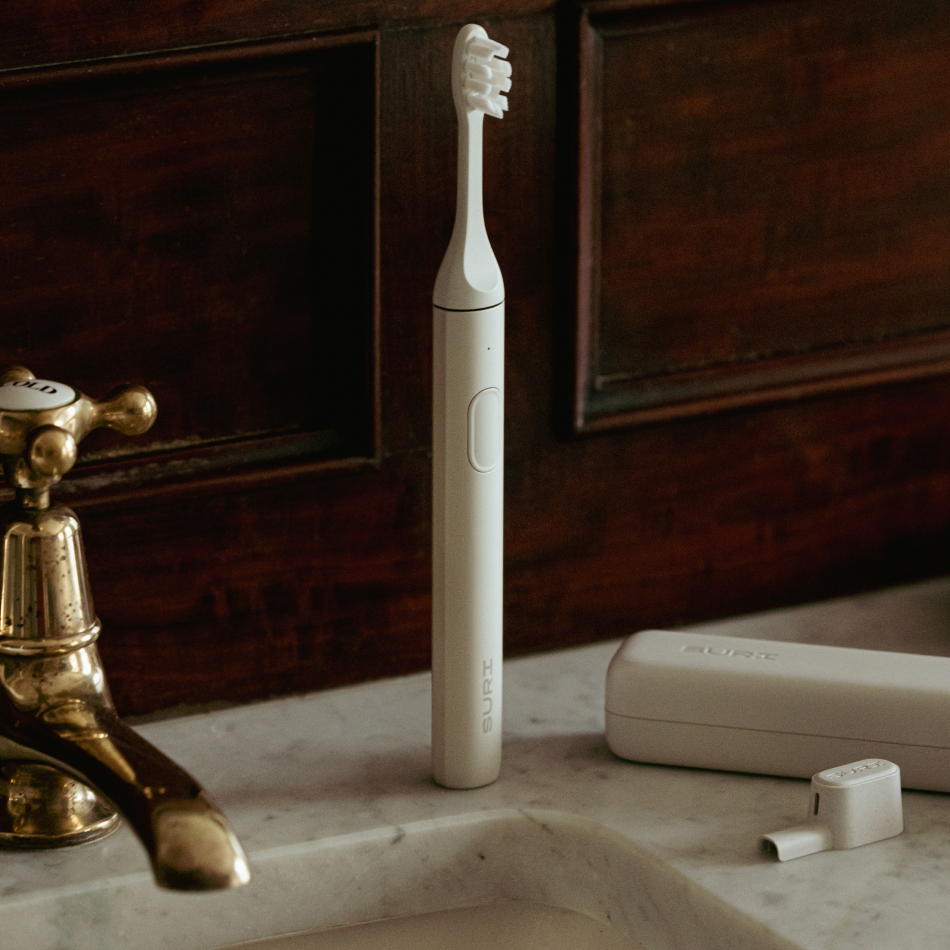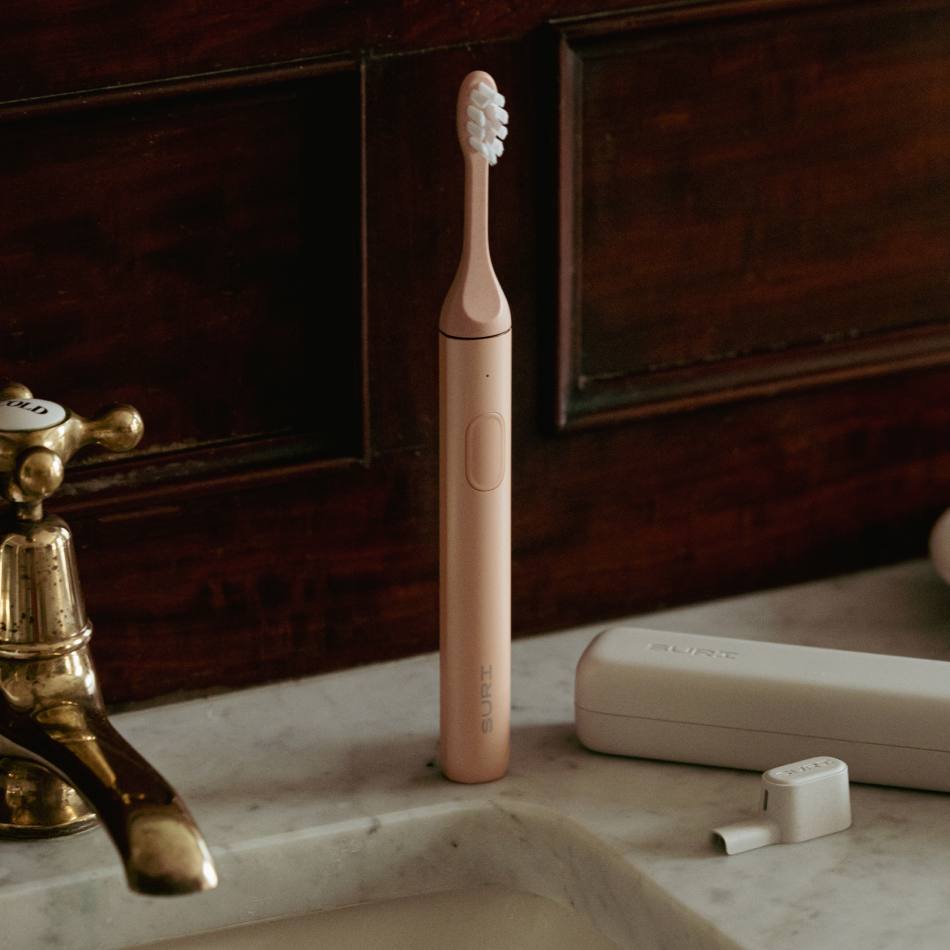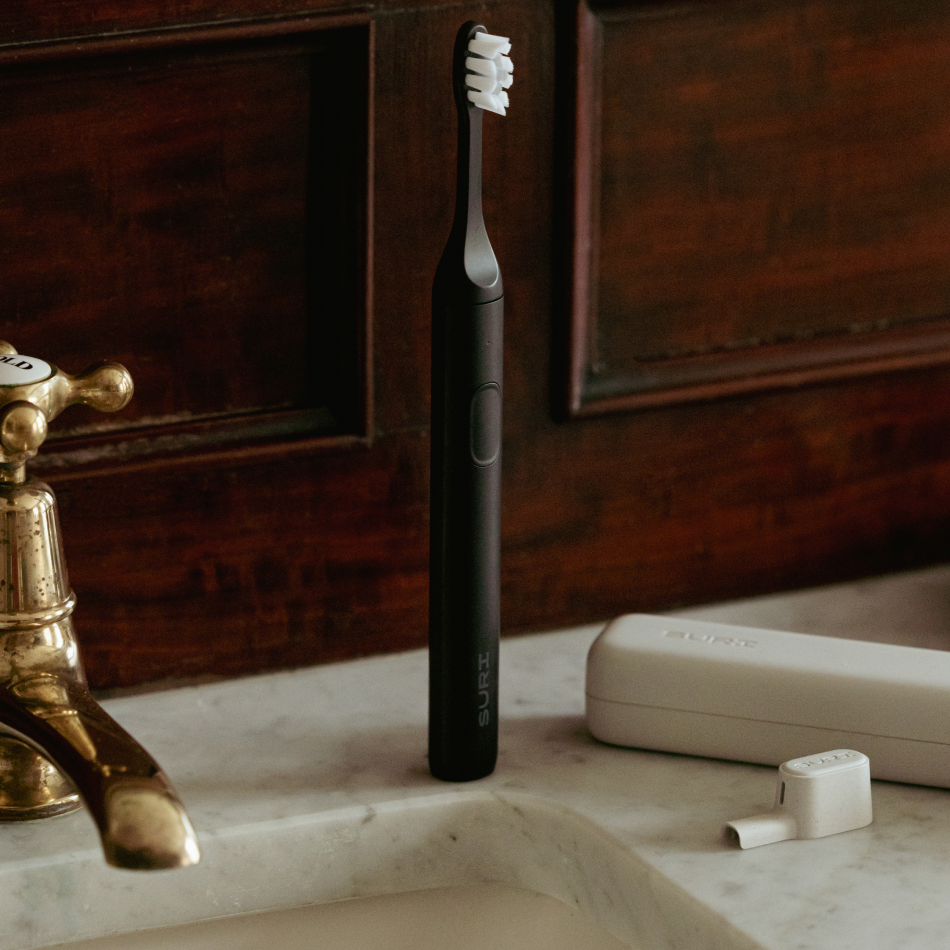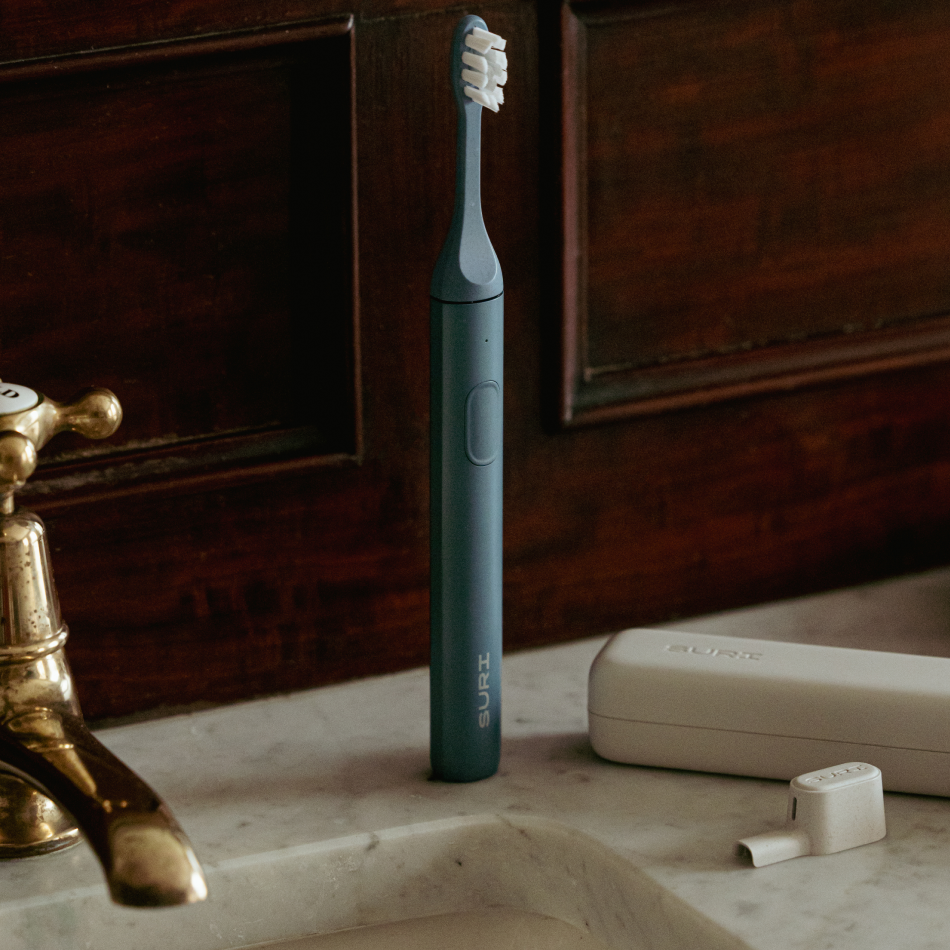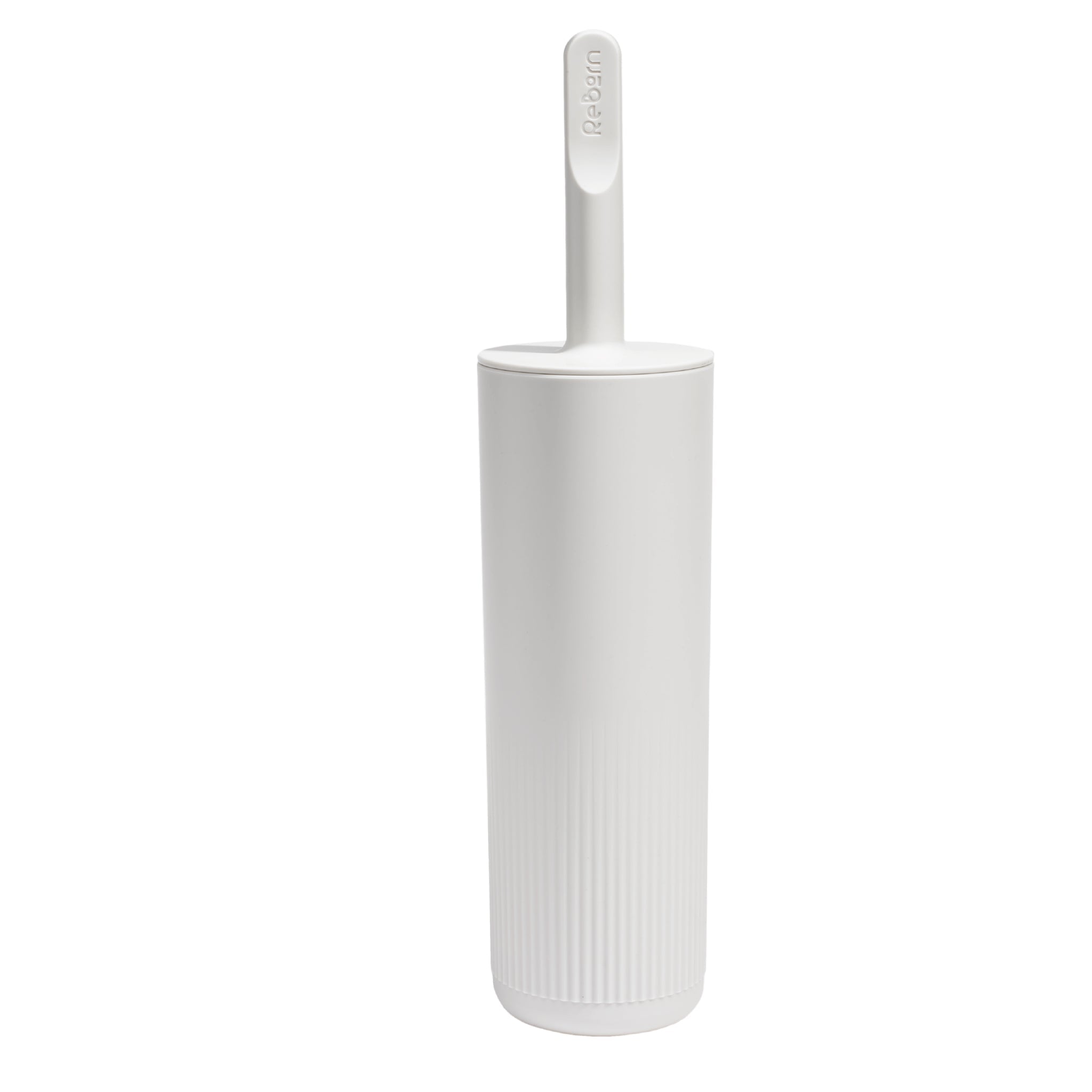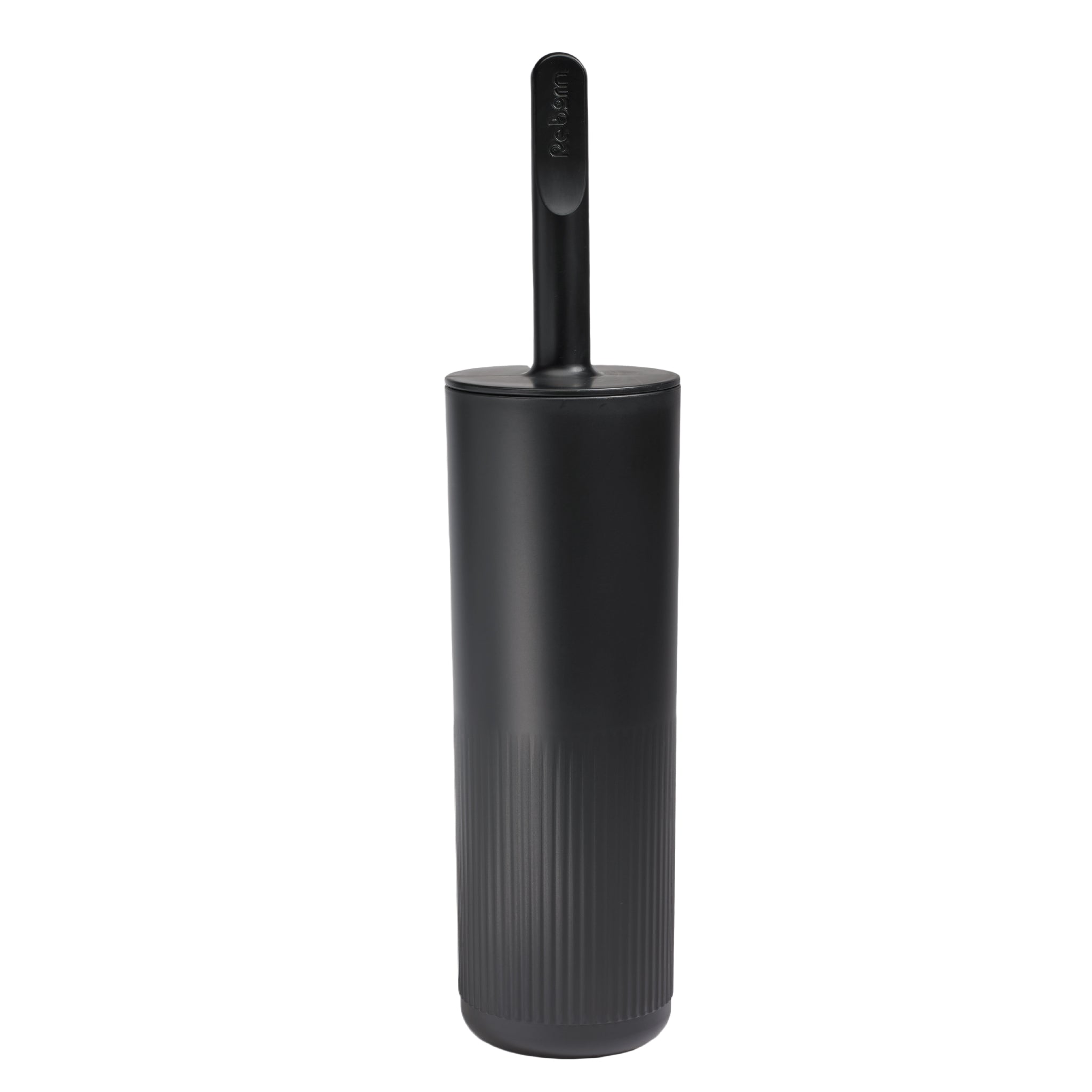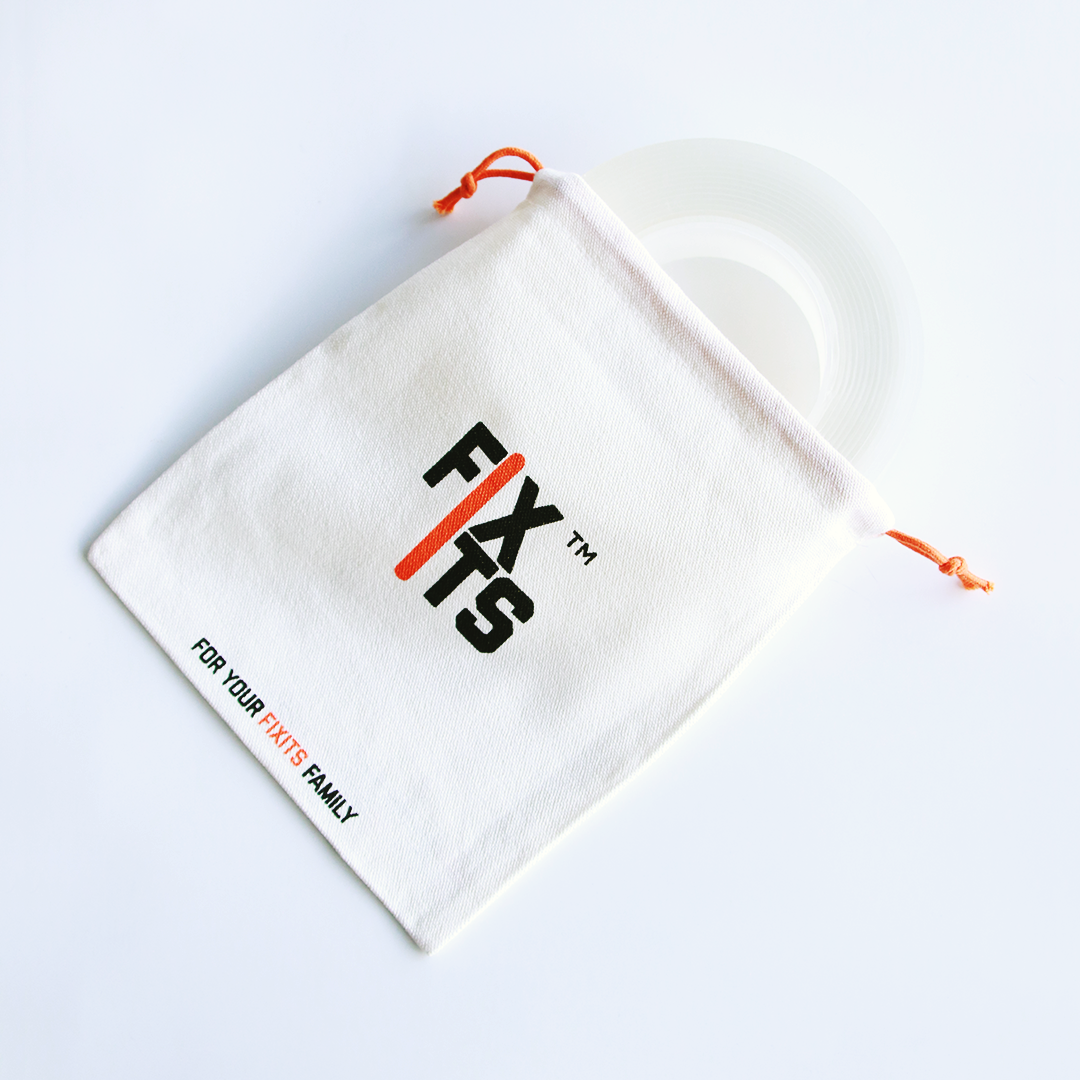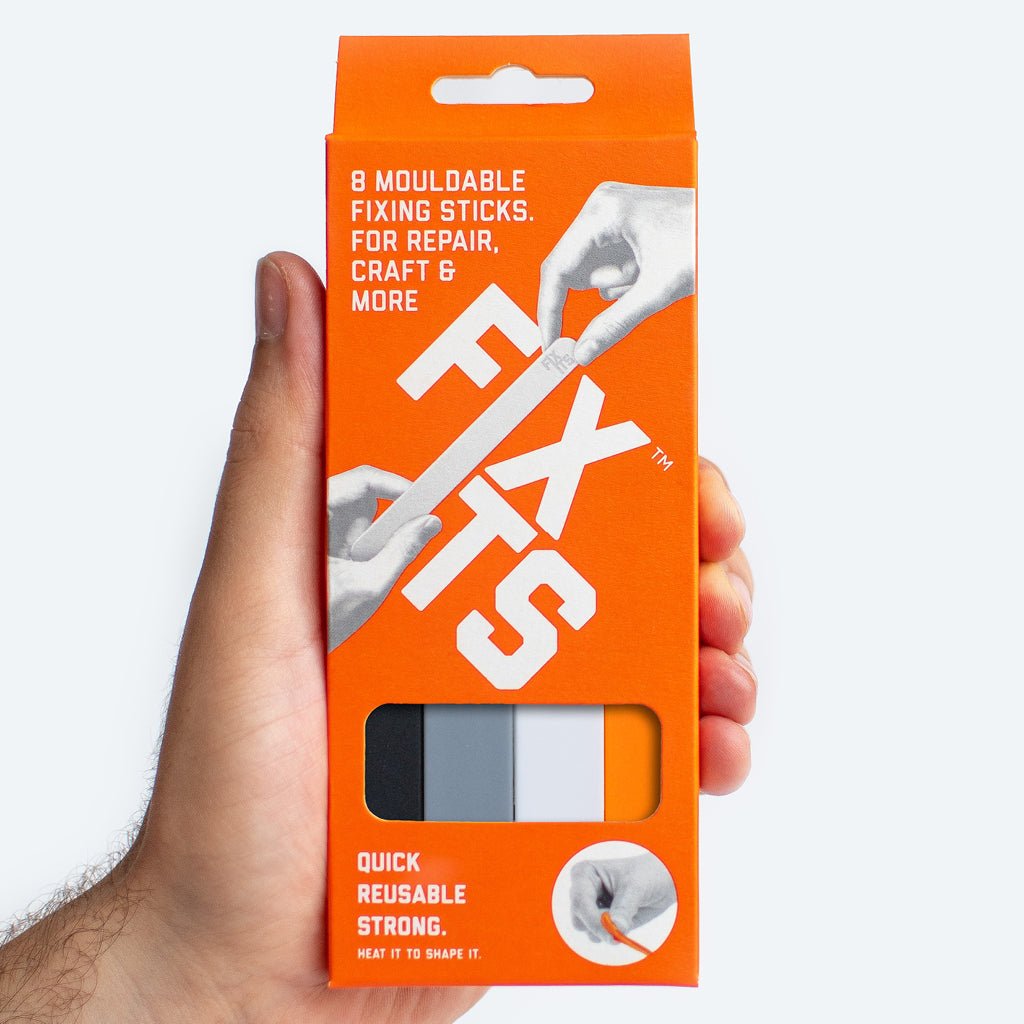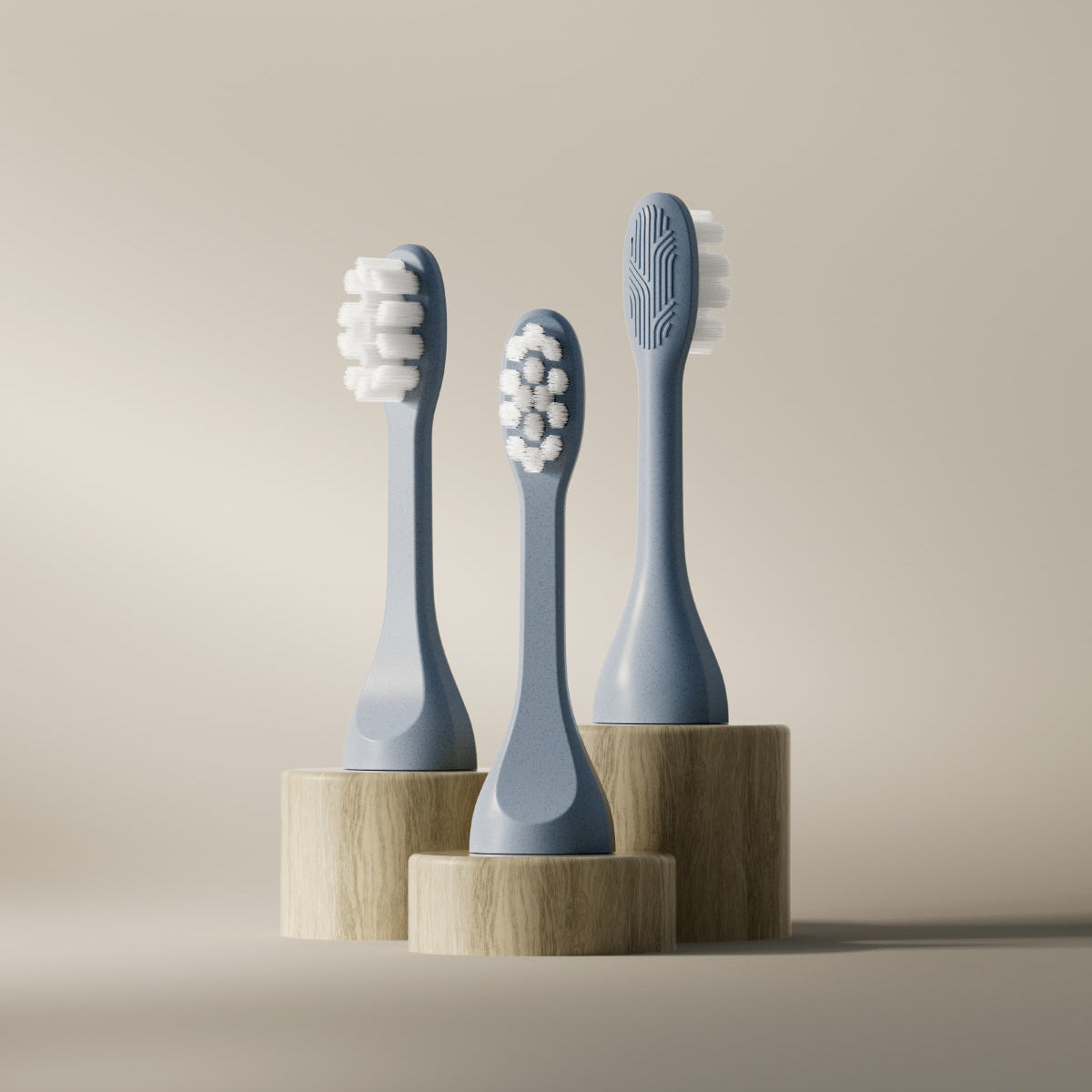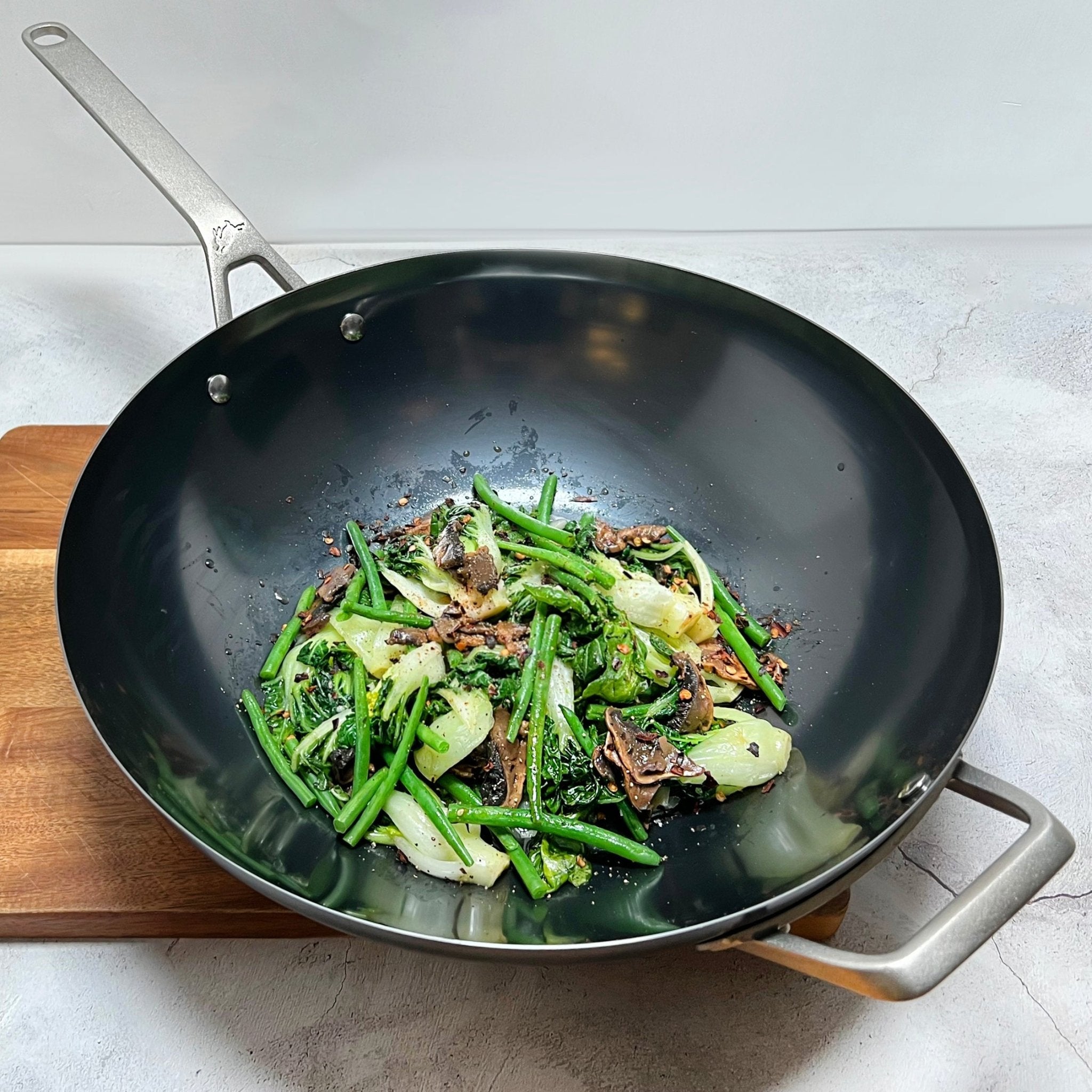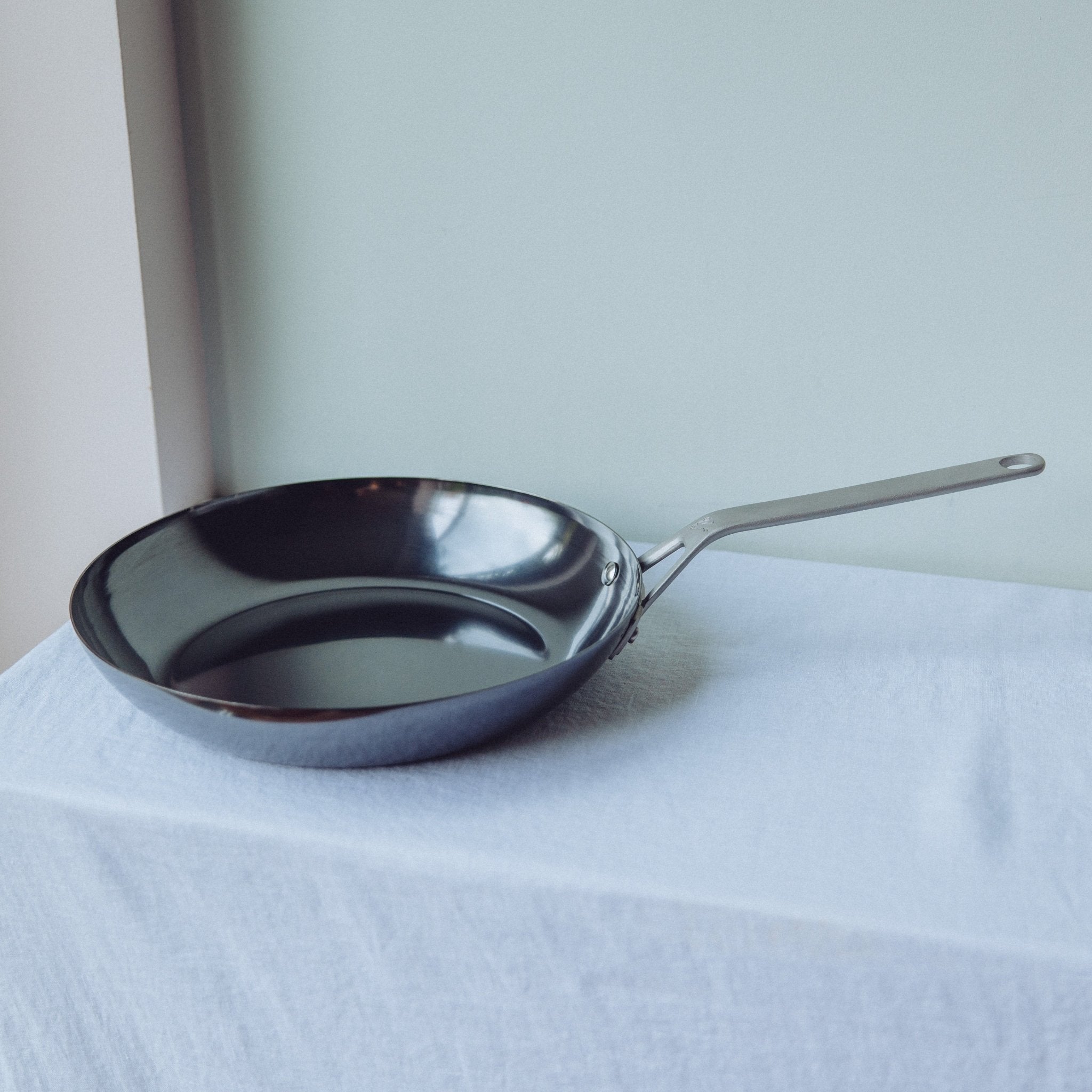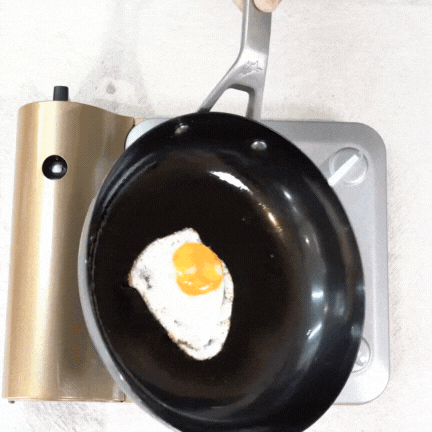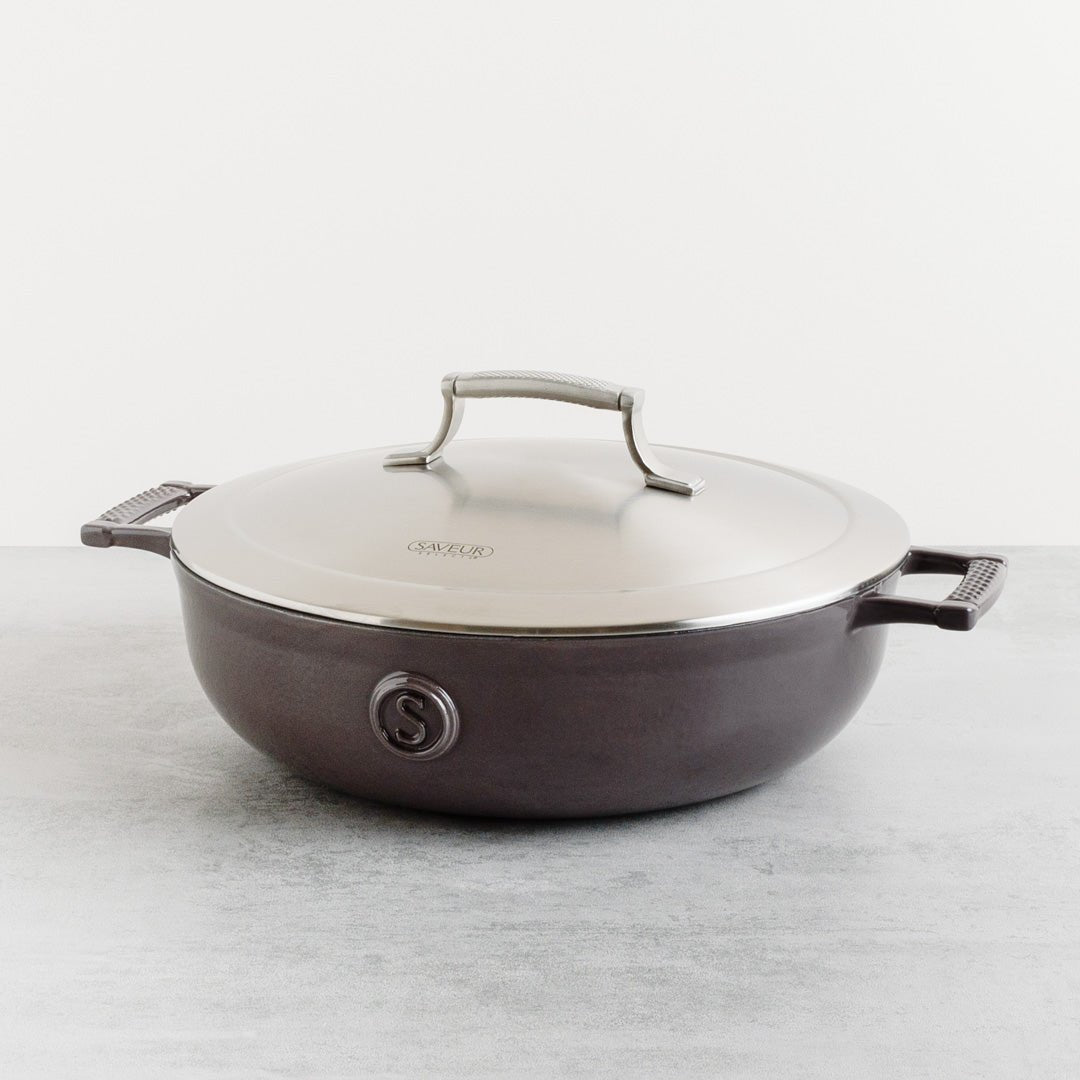We love all things long lasting, minimalist and multi-functional. which nicely sums up one of our best selling and highest-rated (4.8/5 stars from our customers!) kitchen tools. Proving it’s multi-functional abilities we’ve been back to the Buy Me Once Test Kitchen (our home kitchens), discovering more useful hacks using the toolbar mixing bowl and colander. In our last blog post we found 7 good reasons to keep this set on the worktop during breakfast, lunch, or dinner prep. Here are 7 more to add.
8. A Bread-ing Station
Bread-ing, the technique of ‘coating in bread crumbs’ or now quite trendily cornflakes. It adds a delicious outer crisp to chicken, tofu, aubergine, fish or anything else you’d want to make that satisfying sound when running the back of a knife over it.
Both parts of your mixing bowl and colander can be used to make your bread-ing station. With 1 bowl, add flour and cornflour. In a second bowl, whisked egg. In the third, add your outer crumb, breadcrumbs will do of course, and so will the cornflake or parmesan mixtures you’ve seen. A tip we picked up recently… Season every bowl, and the main ingredient you’re breading for flavour throughout.
The colander can hold your readily breaded items. Use it to shake off excess lumps, evenly coating whatever you’ve chosen to bread and keeping your hands clean in the process.
For this we used 2 21cm bowls and an 18cm bowl.
9. Steamer Setup
Wash - Waste - Prep - Steam. Depending on the size of your cooking pot, the 21cm stainless steel colander bowl. Will sit on top of 19-21cm saucepans or casseroles and can drop inside larger pans.
Steaming food preserves nutrients, texture and retains natural flavours, requiring no extra fats. Additionally, steaming is quick, energy-efficient, and can be done while other ingredients boil away below.
10. Pasta strainer
“Reserve a ladle of the pasta water for later”. Ever read that line just after you’ve strained it all into the sink? Try pouring the pasta pot contents and water into the colander bowl while it's sitting inside the bowl. Lift the pasta out of the bowl leaving the pasta water waiting below. Pour away and reserve what you need.
This set has been perfect for straining orzo, spaghetti, fusilli, linguine... Etc. The micropore holes make sure smaller pieces stay where they should be. Take care to use oven gloves as the metal get hot.
11. Reusing frying or seasoning oil
Oil used for deep frying can be used several times before it must be discarded, this process reduces waste after cooking your favourite fried foods. You can deep fry in stainless steel, carbon steel and enamelled cast iron. It’s not commonly recommended to do this in non-stick cookware.
Always wait until your deep frying oil or excess seasoning oil has completely cooled. Pouring reusable oil straight from the pan can be a bit of a disaster making a mess or by still be contaminated with breadcrumbs and batter clumps. Strain over a sieve from your pan into the mixing bowl. Pouring back into the original bottle or jar isn’t tricky, the bowl’s pouring spout makes this accurate and drip-free.
We have a number of pans that require seasoning for a naturally non-stick finish (link to carbon steel pans). When seasoning a carbon steel wok, professional chef Eric Sun uses an excess bowl to pour the excess oil from the wok used during seasoning his cookware. Just like reserved oil kept after deep frying, this oil can be used for cooking or pre/post-cook pan seasoning.
12. Sink drain basket
When your eyes have been too big for your belly, you’re collecting tea bags or just want your food waste to dry off before throwing, save your plug and pipes from clogging by separating runny liquids from solids using the colander as a plug filter.
Unblocking a pipe can be a nightmare, and I don’t like the thought of my food waste box fermenting between being emptied. We've started placing the colander bowl over the sink's hole and pouring directly into the colander.
Although most plugs have an adapter for catching this kind of mess, Emptying from the colander to the bin is much easier and drip-free once you’ve returned the colander to the bowl for the journey from the kitchen sink to the bin.
13. Air-frying bowl
Renowned for saving energy and using less oil, air-fryers come in all shapes and sizes. One with a deep central tray compartment is likely to fit a 21cm toolbar colander. Smaller appliances may be able to use the 18cm version.
First, we recommend checking whether your air-fryer has a non-stick coating. Parchment paper or a silicone separator will help prevent damage to the air-fryer's non-stick layer.
Micropore holes allow the circulation of heat around your cooking while keeping all the cooking items together. I find the colander bowl easier to pick up with gloves than the whole air-fryer tray. After cooking, the colander conveniently goes into the dishwasher, whereas my air-fryer tray does not.
14. Melting chocolate Bain-marie
We discovered this use when making gooey chocolate brownies. New to Bain-marie'ing? You'll need a saucepan or something larger as an outer container. This larger pan will sit on the stove and heat up water, around half a pan full. The toolbar mixing bowl and colander then sits in the pan or on the edge.
The stainless steel bowls are high temperature resistant yet perfect at conducting heat from the water to, in this case, melting chocolate. The simple set-up only requires an efficient low heat. Heating until it's warm but not boiling. The goal is to create a gentle, even heat around the inner container. while its contents cook or melt.
Pouring the chocolate into your brownie mix couldn’t be easier. The pouring spout works wonders, a feature very very uncommon on a glass bowl (which also takes much longer to heat up in a bain-marie setup).
15. Frozen spinach defrost and strain.
Weeks prior to writing this we've used this bowl to prepare chopped spinach for freezing. Now it’s time to defrost.
First, empty your tub or bag straight into the bowl with the colander sat inside. Cover with an upside-down plate and allow to defrost, it'll automatically strain thawing water into the base section preventing it from getting soggier sitting in cold water which would slow down the defrosting process.
Pressing down on the spinach in the bowl will squeeze out any excess moisture your recipe doesn't require.
My favourite way of eating chopped defrosted spinach is to mix it with ricotta and parmesan making an iron-rich green-white sauce layer for Lasagna.
Read our previous article here, and find the toolbar and mixing bowl here.
Interested in further reading?
- Explore our recipe hub here.
- Why chefs love tri-ply stainless steel.
- Buying once, the greenwashing antidote.

